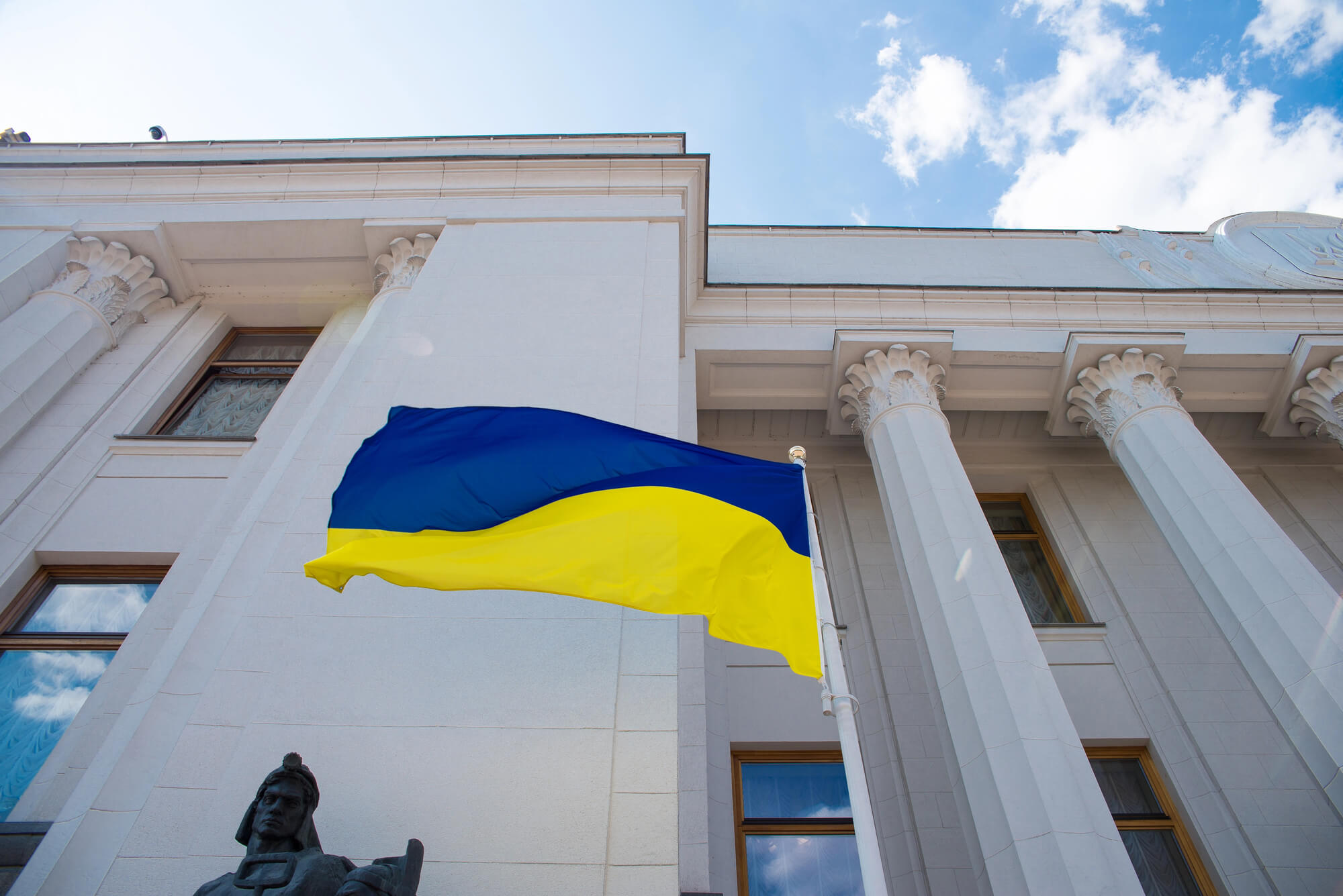A new wholesale electricity market was launched in Ukraine on July 1. Despite fears and suggestions that the launch be delayed for three months due to insufficient preparation the first day of the market turned out to be successful.
The new model of the energy market involves transition from a single buyer to a competition mechanism. Previously, electricity sales were made exclusively through the state-owned enterprise Energorynok, now traders will be able to buy directly from manufacturers under bilateral agreements.
It should be borne in mind that the energy market is currently operating in a somewhat restricted mode. One of its main goals was creation of free competition among market players and this very function has yet to be fully implemented: the possibility of raising electricity price for households is blocked by a public obligation mechanism.
Sellers’ price
The current maximum prices of the wholesale electricity market are set at UAH 2,048.23 per megawatt per hour during peak load periods from 8 a.m. to 11 p.m. and UAH 959.12 per megawatt per hour during the minimum load period. These are the prices fixed for a transition period of nine months. On the first day of operation, the prices on the wholesale market were in fact lower than said limit, namely UAH 1,900-2,020 and 894-949 per megawatt per hour, respectively. This is a good sign of the new model’s viability.
Technical aspects
Overall, the launch went well without incidents or serious cutoffs, occasional technical problems were eliminated quite promptly. E.g. around lunch on July 1, the trading platform stopped responding but it was back in order within two hours. However, a definitive conclusion about the functioning of the electricity market’s new model can be made at the end of the month.
Less debt
In my opinion, the main advantage of the new market model is that it generates less debt. Commercial accounting and settlements is one of the key issues on the energy market agenda. For the market to be efficient, full payments should be made on the part of consumers and traders to state-owned enterprises. The previous model called for monthly settlement algorithms for the payments to go through without trouble which created additional delays and contributed to debt accumulation.
Transition to daily balancing under the new model will accelerate settlements and make them more transparent.
Competitive prices and consumer protection
The previous model did not allow such producers as Energoatom or Ukrhydroenergo to sell energy at competitive prices. Now they have such an opportunity at least partly, even though the government approved a public special obligation mechanism that prevents the rise in electricity prices for households. Following the results of the first trading day the price increased by 35% up to UAH 0.75 per kilowatt per hour for Energoatom, and by 47% to UAH 1.10 per kilowatt per hour for Ukrhydroenergo.
As for the disadvantages of the new model, high amount of expenditure relating to the feed-in tariff significantly increases the prices for industrial consumers. Also, if we really want to talk about free competition in the electricity market, restrictions that prevent the growth of prices for households need to eventually be lifted. So far, electricity prices for households have not changed.
Photo: depositphotos.com/ua
Attention
The author doesn`t work for, consult to, own shares in or receive funding from any company or organization that would benefit from this article, and have no relevant affiliations



